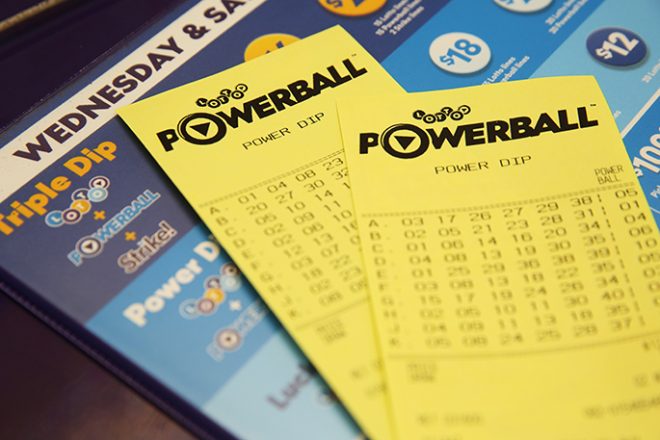今夜、パワーボールのジャックポットはなんと3,300万ドルに達しました。これは、ほぼ1年前の2023年6月にクライストチャーチ出身のカップルが獲得したのと同じ金額です。このカップルは賞金の受け取りに1週間以上かかり、獲得した賞金の大きさを理解するには時間が必要でした。彼らは待っている間、当選チケットを靴下の引き出しに安全に保管していました。
女性は抽選の夜のことを思い出し、最後の行を読んでいるときに数字が「紙の上で踊っている」のを見たと言いました。「最初は息ができなかった。ほとんど過呼吸だった」と彼女は言った。
彼らが優勝して以来、パワーボールはさらに14回優勝し、全国で新たに数百万長者を獲得しました。Lotto NZのコーポレートコミュニケーション責任者であるルーシー・フラートンは、チケットを購入するのに「最も幸運な」場所についてよく聞かれます。
お気に入りの店舗や特別な番号があるかもしれませんが、チケットをどこで、どのように購入しても当選確率は同じだと彼女は説明します。オンラインでも店舗でもよく、通常の番号を使うことも、ディップチケットを購入することもできます。彼女は、宝くじは楽しさと興奮が目的であることを強調し、顧客に余裕のある金額だけを使うように勧めています。
ルーシーは、ロトNZはすべての大当選者が賞品を受け取るとすぐにサポートとアドバイスを提供すると言います。通常、当選者が最初に考えるのは、愛する人をどのように助けることができるかということです。「勝つことは大きな波及効果をもたらすことを私たちは知っています。すべてではないにしても、私たちの大当選者のほとんどが、家族、友人、地域社会の人々、そして心に近い慈善団体と賞金を分かち合う予定だと言っています。」
今夜のパワーボール・ジャックポットと100万ドルのロト1部賞金がチケット1枚で当たったとしたら、ロトNZ史上5番目に大きな賞金となります。ルーシーは、今夜の抽選に参加したい人は、店内やオンラインでの混雑を避けるため、チケットを早めに入手するようアドバイスしています。
「ジャックポットが上昇するにつれて、私たちのゲームに対する需要が高まります。今日の午後5時ごろから店舗が混雑することはわかっています。また、午後7時30分に販売が終了する1時間前には、多くの人がオンラインでチケットを購入することになります。私たちのアドバイスは、早めに入店して急ぐのを避けることです。」
Lotto NZは、テ・プナ・タフアNZ宝くじ助成委員会が運営する宝くじ助成プログラムを通じて、すべての利益をキーウィのコミュニティに還元しています。




























































